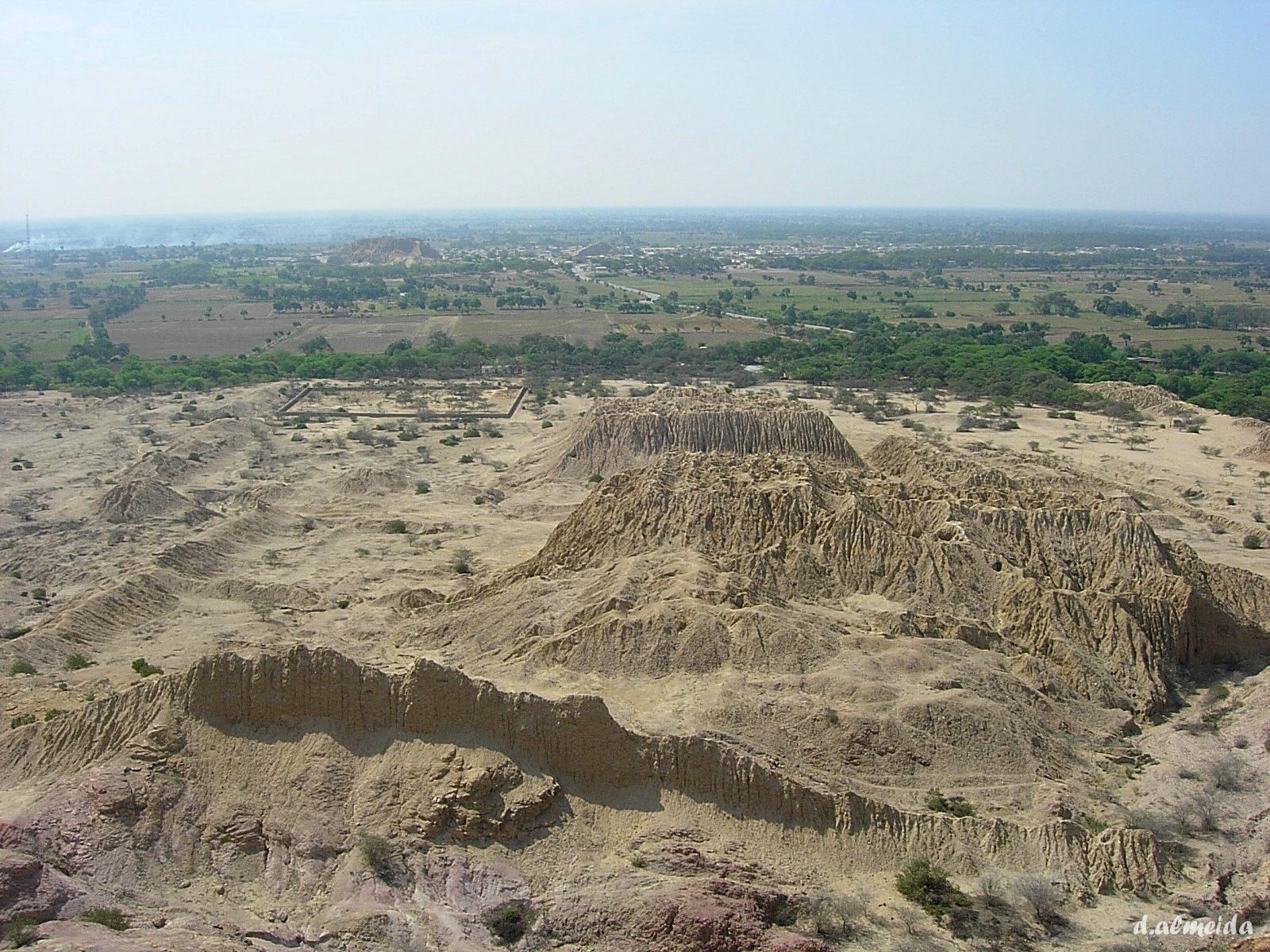Túcume on:
[Wikipedia]
[Google]
[Amazon]
Túcume is a pre-Hispanic site in  The site was a major regional center, maybe even the capital of the successive occupations of the area by the Lambayeque/ Sican (800-1350 AD),
The site was a major regional center, maybe even the capital of the successive occupations of the area by the Lambayeque/ Sican (800-1350 AD),
Túcume Archaeological Site
Pyramids in Peru Archaeological sites in Lambayeque Region Archaeological sites in Peru Tourist attractions in Lambayeque Region {{SouthAm-archaeology-stub
Peru
, image_flag = Flag of Peru.svg
, image_coat = Escudo nacional del Perú.svg
, other_symbol = Great Seal of the State
, other_symbol_type = National seal
, national_motto = "Firm and Happy f ...
, south of the La Leche River on a plain around La Raya Mountain. It covers an area of over and encompassing 26 major pyramids and mounds.Shimada, Izumi. "The Late Prehispanic Coastal States." In The Inca World: The Development of Pre-Columbian Peru, edited by L. Laurencich Minelli, pp.49-82. Norman: University of Oklahoma Press, 2000 The area is referred to as Purgatorio (purgatory
Purgatory (, borrowed into English via Anglo-Norman and Old French) is, according to the belief of some Christian denominations (mostly Catholic), an intermediate state after physical death for expiatory purification. The process of purgatory ...
) by local people.
 The site was a major regional center, maybe even the capital of the successive occupations of the area by the Lambayeque/ Sican (800-1350 AD),
The site was a major regional center, maybe even the capital of the successive occupations of the area by the Lambayeque/ Sican (800-1350 AD), Chimú
Chimor (also Kingdom of Chimor or Chimú Empire) was the political grouping of the Chimú culture. The culture arose about 900 AD, succeeding the Moche culture, and was later conquered by the Inca emperor Topa Inca Yupanqui around 1470, fifty y ...
(1350–1450 AD) and Inca
The Inca Empire (also known as the Incan Empire and the Inka Empire), called ''Tawantinsuyu'' by its subjects, (Quechua for the "Realm of the Four Parts", "four parts together" ) was the largest empire in pre-Columbian America. The admin ...
(1450–1532 AD). Local shaman
Shamanism is a religious practice that involves a practitioner (shaman) interacting with what they believe to be a spirit world through altered states of consciousness, such as trance. The goal of this is usually to direct spirits or spir ...
healers (''curandero
A ''curandero'' (, healer; f. , also spelled , , f. ) is a traditional native healer or shaman found primarily in Latin America and also in the United States. A curandero is a specialist in traditional medicine whose practice can either contr ...
s'') invoke power of Tucume and La Raya Mountain in their rituals, and local people fear these sites.
The vast plains of Túcume are part of the Lambayeque region
Lambayeque () is a department and region in northwestern Peru known for its rich Moche and Chimú historical past. The region's name originates from the ancient pre-Inca civilization of the '' Lambayeque''. It is the second-smallest departmen ...
, the largest valley of the north coast of Peru. The Lambayeque Valley is the site of scores of natural and man-made waterways and is also a region containing the remains of about 250 decaying and heavily eroded mud-brick pyramids
A pyramid (from el, πυραμίς ') is a structure whose outer surfaces are triangular and converge to a single step at the top, making the shape roughly a pyramid in the geometric sense. The base of a pyramid can be trilateral, quadrilat ...
.
See also
* Iperu, tourist information and assistance *Tourism in Peru
Since the 2000s, Tourism in Peru makes up the nation's third largest industry, behind fishing and mining. Tourism is directed towards archaeological monuments, ecotourism in the Peruvian Amazon, cultural tourism in colonial cities, gastronomi ...
References
External links
Túcume Archaeological Site
Pyramids in Peru Archaeological sites in Lambayeque Region Archaeological sites in Peru Tourist attractions in Lambayeque Region {{SouthAm-archaeology-stub